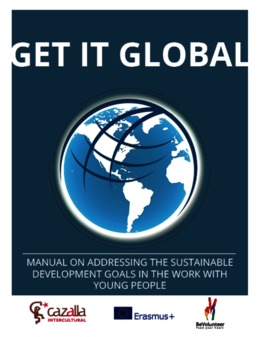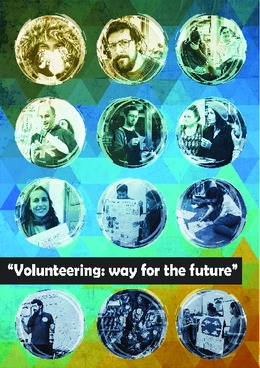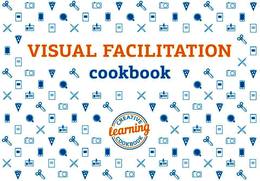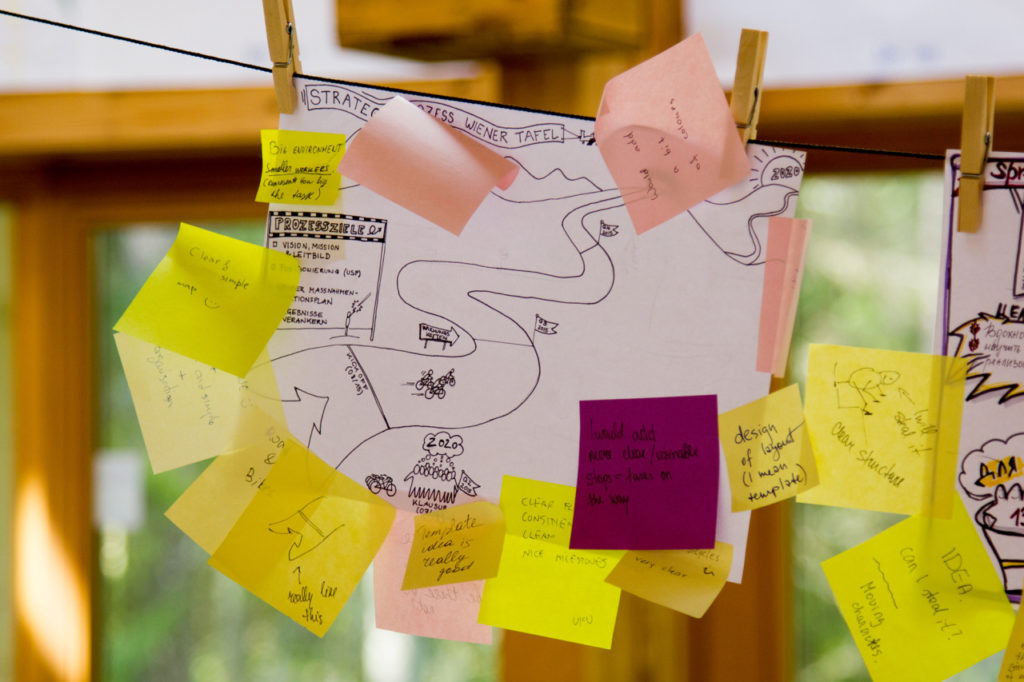 Extrait du site « Le jeu, soutenu par la banque coopérative CERA, a été créé en partenariat avec l’université de Namur, l’asbl Hypothèse et Digital Wallonia. Il a été conçu pour s’insérer dans le programme du secondaire, fournissant aux professeurs une solution complète pour traiter des questions de biodiversité.
Extrait du site « Le jeu, soutenu par la banque coopérative CERA, a été créé en partenariat avec l’université de Namur, l’asbl Hypothèse et Digital Wallonia. Il a été conçu pour s’insérer dans le programme du secondaire, fournissant aux professeurs une solution complète pour traiter des questions de biodiversité.
Au-delà du jeu vidéo en tant que tel, le projet vise à la conscientisation de la problématique du maillage écologique par différents biais. Il peut comporter des actions sur le terrain, telles qu’observations naturalistes, gestions de terrain, consultation d’articles, de photos, de vidéos. Il peut être suivi d’expériences participatives à réaliser seul ou en classe en présence d’experts, pour favoriser un ancrage fort du jeu dans la réalité. Il prévoir une rencontre sous la forme d’un événement fédérateur. »
« Pour les enseignants, vous pouvez télécharger :
- Une version installable localement : version
A installer : si vous désirez faire jouer simultanément un grand nombre de personnes et ne pas être dépendant de la qualité de la connexion internet.
Attention, nous effectuons des mises à jours régulières. Si vous optez pour cette solution, assurez-vous que vous disposez bien de la dernière version disponible.
- Le dossier pédagogique (lien vers fichier pdf) »
Plus d’info et jeu sur : http://www.nowatera.be











